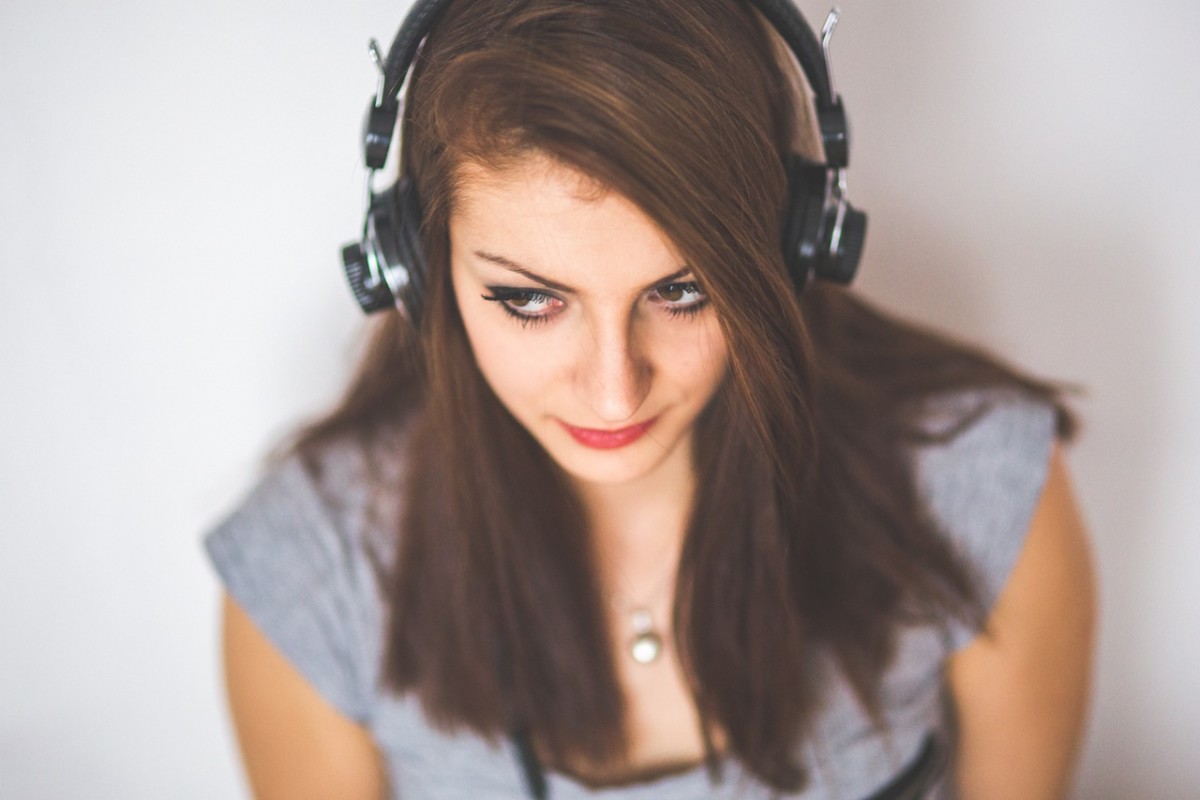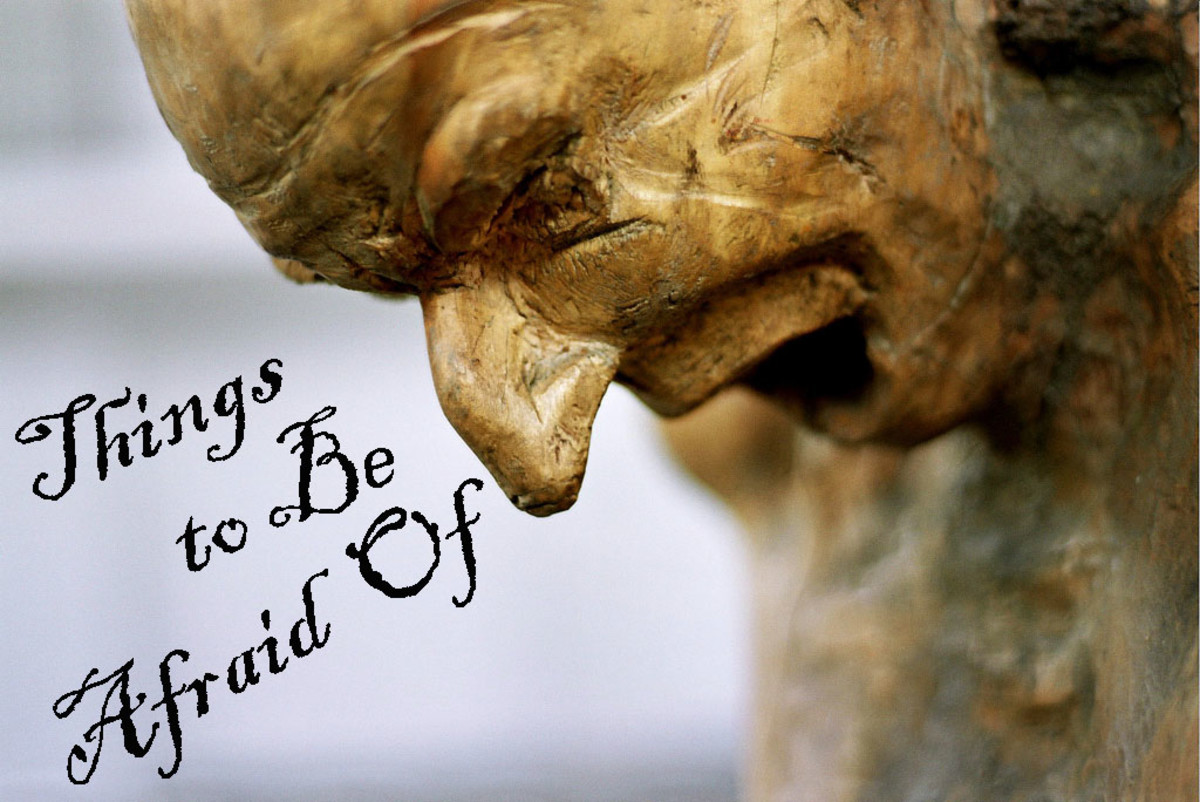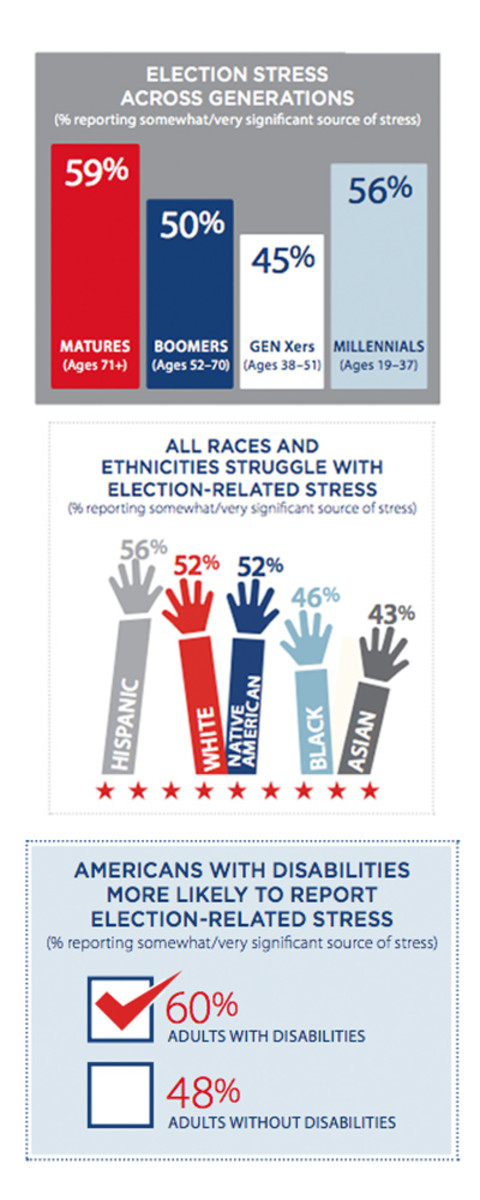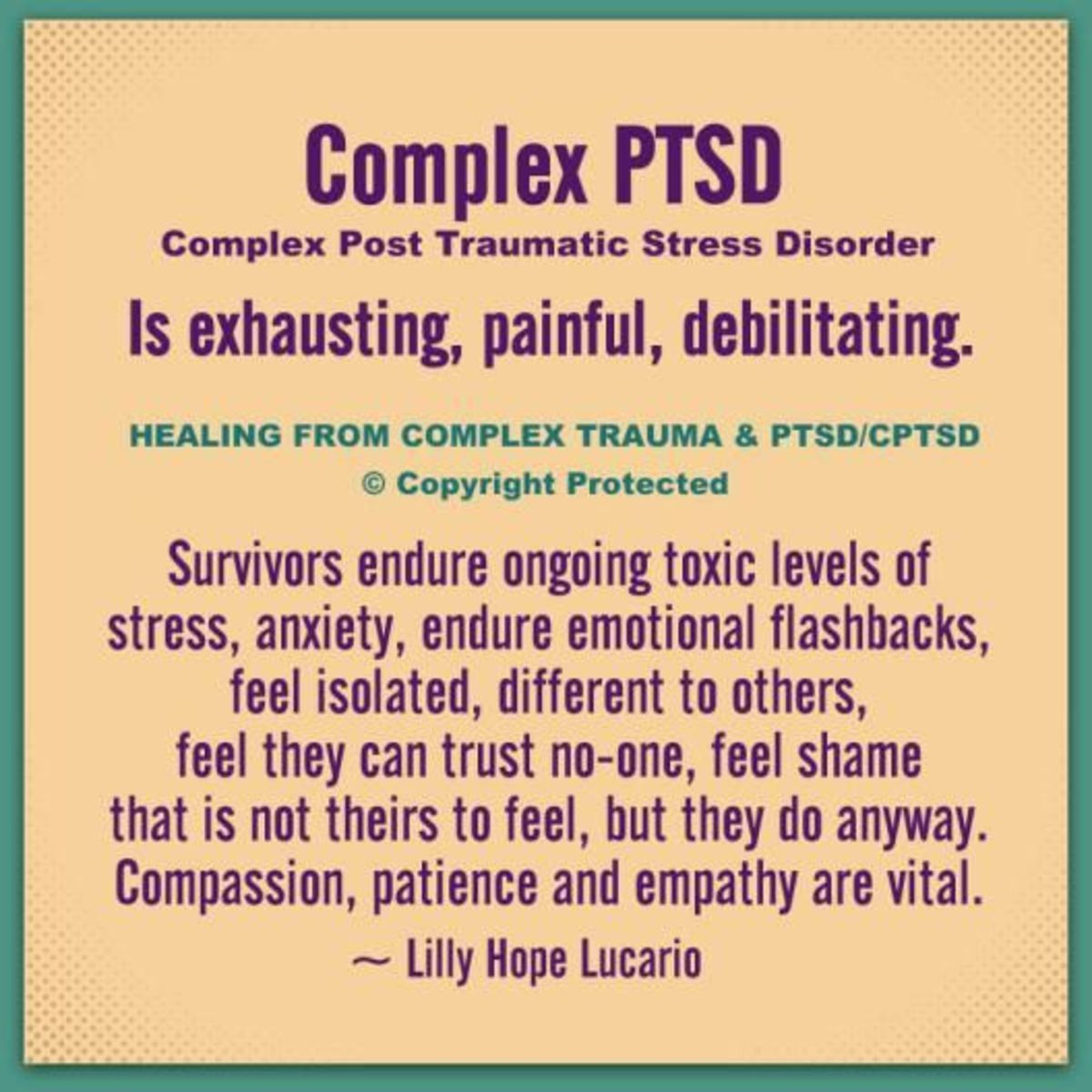Combating Anxiety
So, you've got anxiety
The first thing I want to say is that at no point should you consider this advice over that of a mental health professional that is attending to your psychiatric or psychological needs. This article is to primarily act as supplementary advice in combination with proper services.
That being said, let's get started!
Your chest is pounding, blood rushing behind your ears; you're dizzy, can't think straight, and probably want to get out of the room and get somewhere else as quick as possible. It might even feel like you're having a heartache, as it feels like someone is gripping your heart in their fist and squeezing. My goal for this article is for you to internalize one thing: Everything is going to be alright.
This article will explore a few different techniques for helping combat anxiety attacks, also known as panic attacks. How do you know if what you're experiencing is a panic attack? Well, the American Psychiatric Association has a few telltale traits to help you identify what's going on. You might be experiencing an anxiety attack if you experience the following:
-
racing heartbeat
-
difficulty breathing, feeling as though you "can't get enough air"
-
terror that is almost paralyzing
-
dizziness, lightheadedness or nausea
-
trembling, sweating, shaking
-
choking, chest pains
-
hot flashes, or sudden chills
- tingling in fingers or toes ("pins and needles")
- fear that you're going to go crazy or are about to die
(Source: American Psychiatric Association)
If you suffer from these, I of course urge you first to seek out proper medical and psychological services. if you are seeking supplemental techniques then please, continue reading.
All the techniques I will be covering come from an area of psychological treatment called Cognitive Behavioral Therapy (CBT). The general idea is that by changing how you think will change how you act, and changing how you act will change how you think. These techniques also provide the added benefit of distracting you from the source of your anxiety. So, let's jump into the first technique!
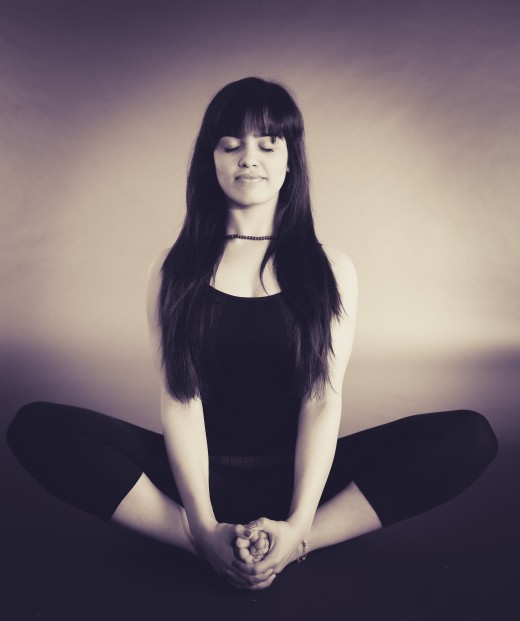
Technique #1: Deep breathing
Deep breathing is the core basis to many different CBT-based techniques used in combating anxiety attacks. It counteracts hyperventilation, which is a common symptom of anxiety. Not only that, but the increased oxygen absorption will assist in naturally calming you down.
The most important thing is to practice this technique whenever you can when you're not experiencing an anxiety attack, so that you may quickly reference and use it without thinking about it when you actually need it.
First, sit in a comfortable chair, and posture up, sitting up straight, with your shoulders back. This will allow your lungs to fully expand, allowing you to intake more oxygen than normally. Next, take a deep, slow breath in through your nose for five seconds. Hold it for two seconds. Finally, exhale through your mouth for four seconds, focusing your thoughts on counting in your head.
If you find that you get too little or too much air this way, you can adjust it. Some people find that four seconds in, three seconds out works best for them.
So, to simplify:
- Sit in a comfortable seat.
- Straighten your posture, shoulders back.
- Deep breath in through your nose for four to five seconds.
- Hold for two seconds.
- Exhaled out your mouth for three to four seconds.
- Repeat until calm.

Technique #2: Positive Imagery
This method stems heavily from techniques that have been used for thousands of years in various forms of meditation. For best use, it should be partnered with technique #1.
The first thing you want to do, as mentioned early for technique #1, is to practice this technique when you're not experiencing an anxiety attack, so that you can easily use this technique when you need it the most. Practice makes perfect!
To start, sit in a comfortable position, just as you would with technique #1, and close your eyes. While managing your breathing, let your mind wander to the most comfortable place you can think of. This may be a place from your childhood, a favorite vacationing spot, or even something as simple as your favorite restaurant. While you picture it in your mind, start thinking about the smells that are associated with it. If your "happy place" is a forest after a rainfall, you may smell the wet earth, or the plants around you. Next is to listen. What do you hear? This may be birds chirping, rain hitting the leaves around you, the chirping of crickets, or perhaps if your favorite place is a restaurant, it may even be a waitress asking if someone would like a refill, and the clinking of plates and silverware. Now, the final step is what do you feel? If your happy place is sitting in front of a fireplace on Christmas, it might be the warmth of the fire, and soft carpet beneath your feet.
As a step by step:
- Sit in a comfortable place (quiet works best for practice).
- Picture your favorite place (vacation spot, childhood home, favorite park, etc).
- Imagine the different smells of your happy place, such as fresh flowers, brewing coffee, or wood smoke.
- Imagine the sounds, such as birds chirping, the crashing of waves, or the sound of thunder.
- Finally, what do you feel? This could be the mist of the ocean, cold drops of rain, a cool summer breeze, or the warmth of a campfire.
Ultimately, the important thing is to imagine whatever makes you the most comfortable.
This technique primarily works by removing your attention away from your surroundings. It's particularly useful for when you're in crowds, class, at home, or sitting at your desk. I wouldn't suggest using it in traffic, as it does require keeping your eyes closed, at least at first, and it is also heavily distracting, which is the major benefit of the technique. As always, this technique may not be the one that suits you, but it goes well partnered with any of the other techniques.
There's more
There are certainly more techniques, such as muscle relaxation, sensory grounding, and a few others, all based in CBT, that can assist you in calming down from an anxiety attack, or even helping prevent them in the first place.
I'll be updating this article as time goes on with further techniques for combating anxiety.
Until then, just remember, everything will be okay!

